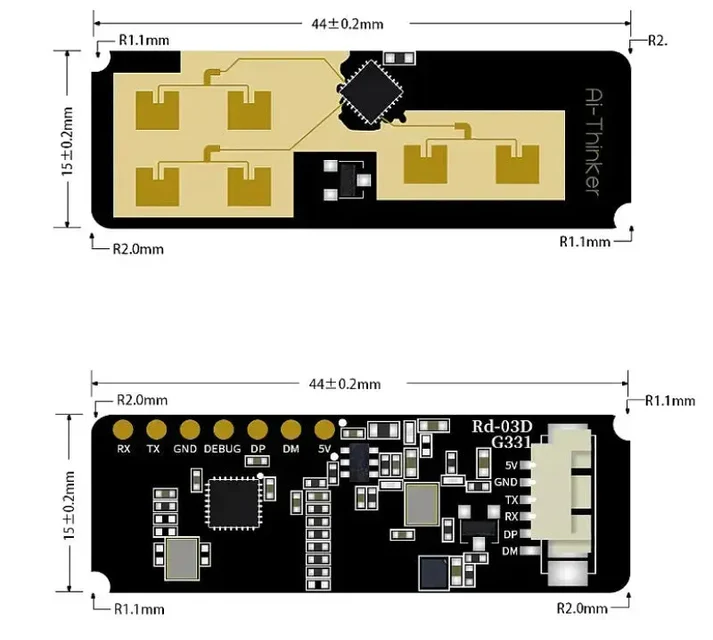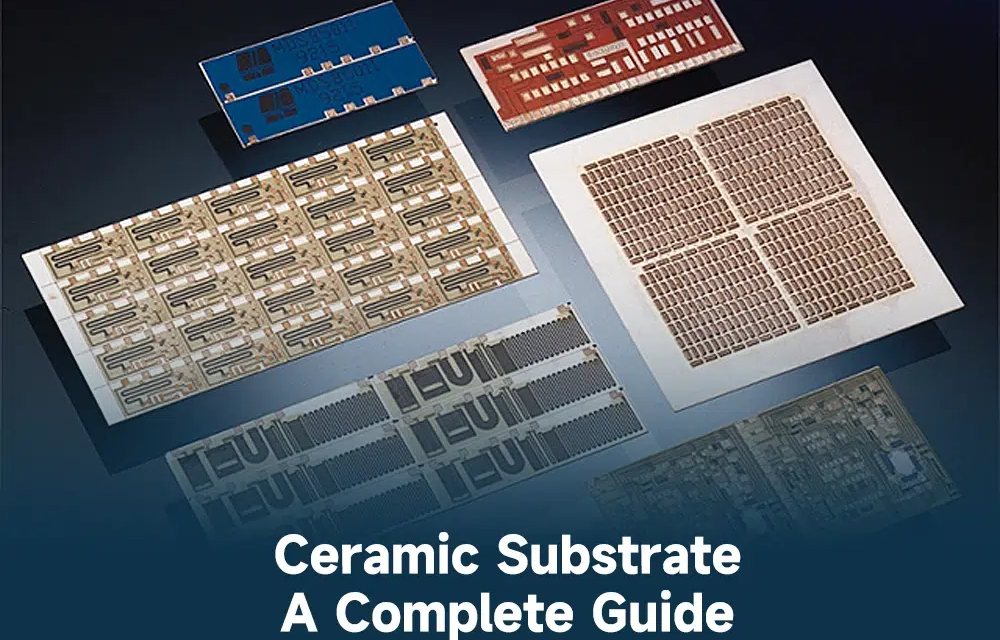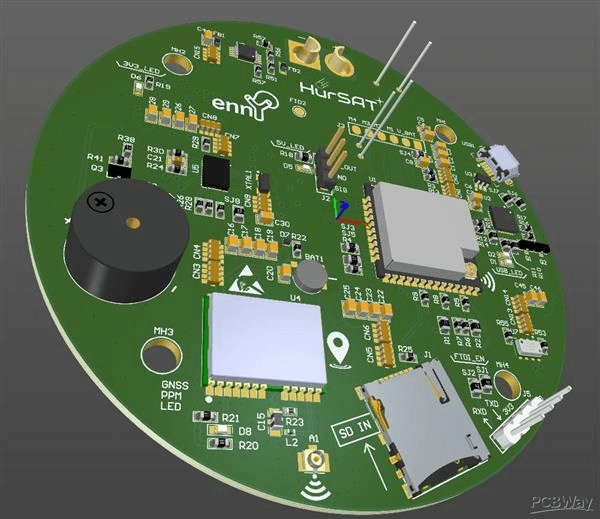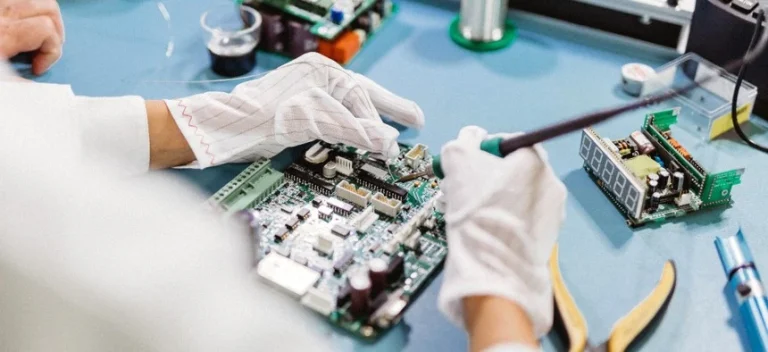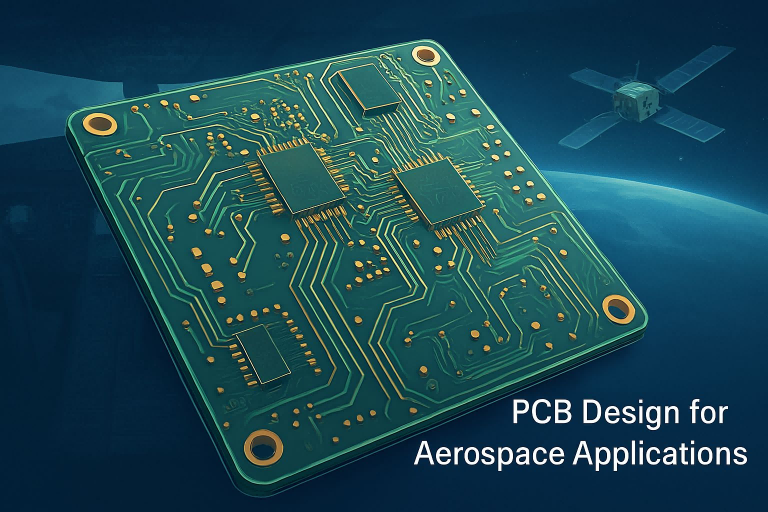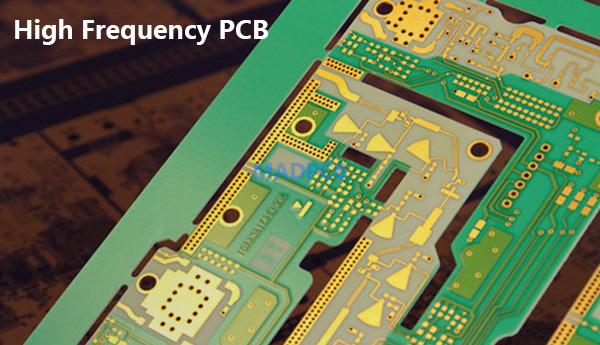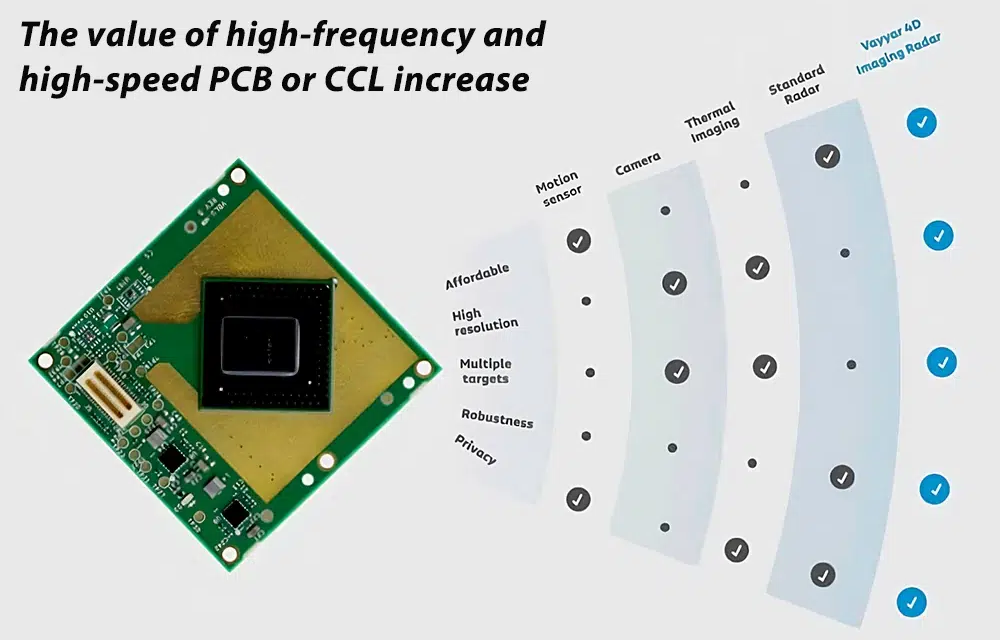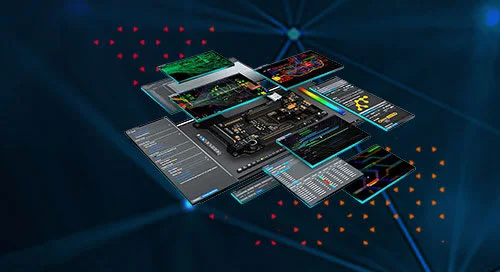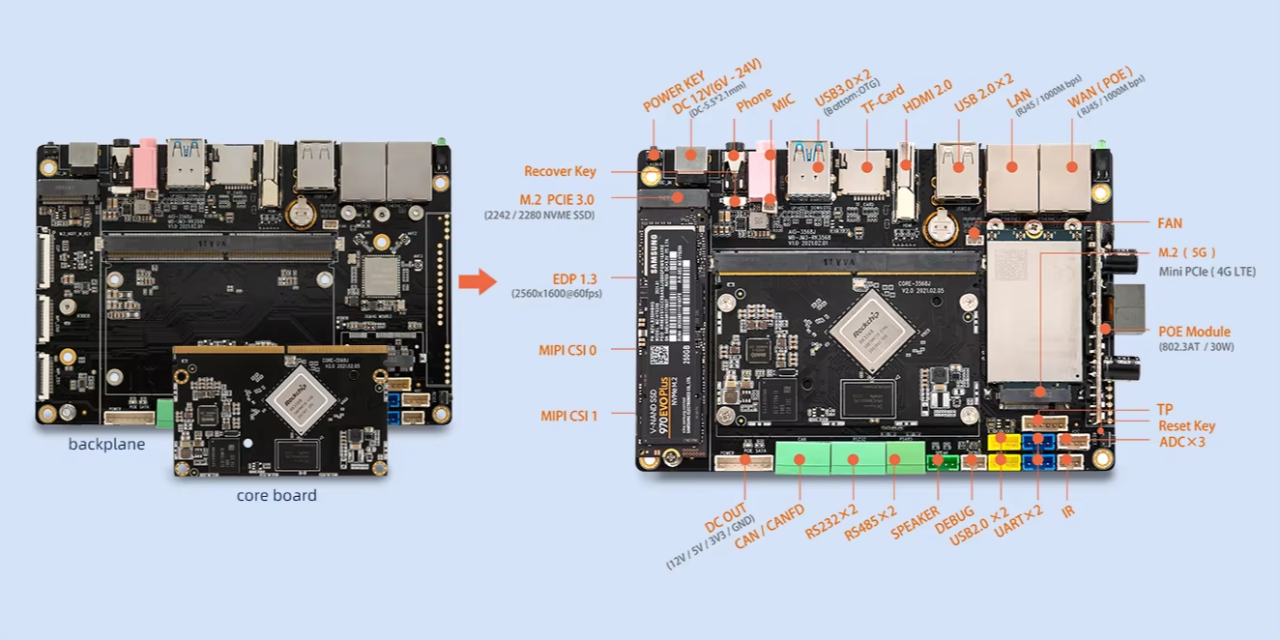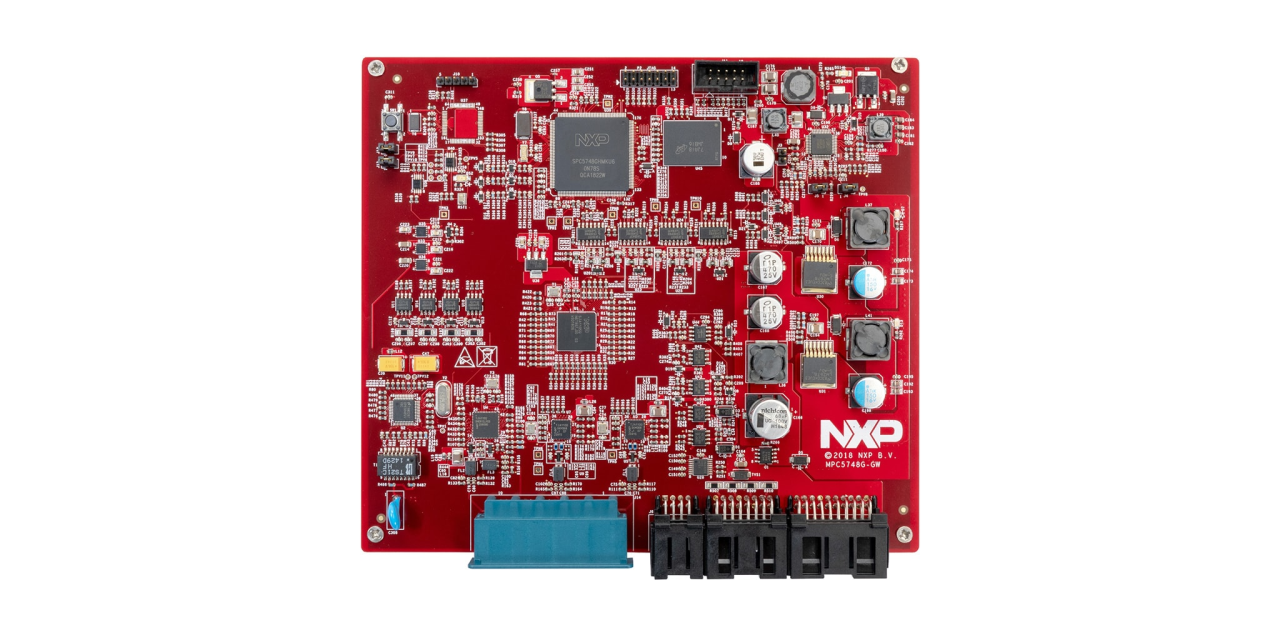1. Overview In satellite and aerospace communication payloads operating above 30 GHz, PCB substrates must maintain exceptional dielectric uniformity and low-loss performance under extreme thermal and radiation conditions. Ceramic PCB materials—such as alumina (Al₂O₃) and aluminum nitride (AlN)—are widely adopted due to their high dielectric constant, stable dissipation factor, and superior heat conduction. KKPCB’s...
Blog
Explore the KKPCB Blog for the latest PCB manufacturing and assembly news, industry insights, expert tips, and technology trends, helping you stay informed and optimize your electronics projects.
1. Engineering Overview As laptop and server architectures evolve toward higher clock rates and denser power delivery networks, PCB substrates must withstand increasing thermal stress and EMI coupling. Ceramic PCB materials, with their excellent dielectric stability and superior thermal conductivity (>20 W/m·K), provide a robust platform for managing power transients and high-frequency switching noise...
1. Engineering Overview / Abstract With 5G base stations evolving toward compact, high-frequency mmWave arrays, PCB miniaturization and phase-aligned interconnects are critical for maintaining signal fidelity and network efficiency. Megtron 7 PCB substrates, featuring Dk = 3.45 ± 0.03 and Df = 0.0015 @ 10 GHz, enable low-loss transmission and consistent dielectric behavior across...
Essential Guide to PCB Testing Methods & Tools Introduction In modern electronics manufacturing, PCB testing is not just a quality step—it’s a reliability guarantee. Testing ensures that every printed circuit board performs exactly as designed, detecting issues such as faulty connections, short circuits, or misplaced components before they reach production. By identifying problems early, engineers...
1. Engineering Overview / Abstract Modern aerospace communication payloads, including satellite transceivers and spaceborne RF modules, demand ultra-low-loss interconnects, tight impedance control, and phase-linear signal transmission across X- and Ka-bands. Megtron 7 PCB laminates, with Dk = 3.45 ± 0.03 and Df = 0.0015 @ 10 GHz, provide superior dielectric consistency under extreme thermal...
1. Engineering Overview Industrial wireless sensor networks demand high-frequency signal consistency, low insertion loss, and long-term phase stability to maintain accurate sensing and communication. PCBs in these systems must withstand thermal cycling, humidity, and mechanical stress without compromising RF performance. Megtron 7 PCBs, featuring Dk = 3.40 ±0.02 and Df = 0.0018 @ 10...
1. Engineering Overview Automotive mmWave radar modules for advanced driver-assistance systems (ADAS) require precise RF signal propagation with minimal loss and stable impedance across multilayer PCBs. Trace density and high-frequency operation introduce challenges in maintaining signal integrity and crosstalk suppression. Megtron 7 PCBs, with Dk = 3.40 ±0.02 and Df = 0.0018 @ 10...
1. Low-Loss Signal Requirements in Automotive Radar Systems Automotive radar and ADAS modules operate at 77–79 GHz frequencies, demanding minimal insertion loss and consistent phase integrity. Dense multilayer routing, compact stackups, and exposure to thermal cycles present challenges for signal fidelity. Megtron 6 PCBs, with Dk = 3.45 ±0.02 and Df = 0.002 @10...
1. Engineering Overview As 5G smartphone processors integrate multiple high-speed RF and data lanes within increasingly compact layouts, signal integrity and crosstalk control have become critical design challenges. Crosstalk between closely spaced differential pairs can induce timing errors and reduce data fidelity. Megtron 6 PCBs, with their stable dielectric constant (Dk = 3.45 ±0.02)...
1. Engineering Overview / Abstract In industrial IoT (IIoT) and wireless sensor networks, PCB substrates must sustain high-frequency performance, low power loss, and dimensional stability under continuous thermal and mechanical stress. Megtron 6 PCB materials—with low dielectric loss (Df = 0.002 @10GHz) and tight dielectric tolerance (Dk = 3.3 ±0.05)—enable stable impedance and RF...

